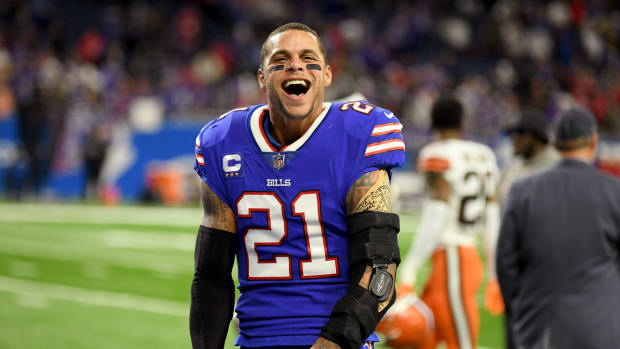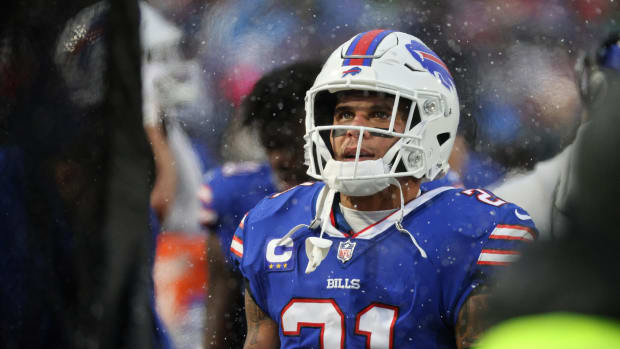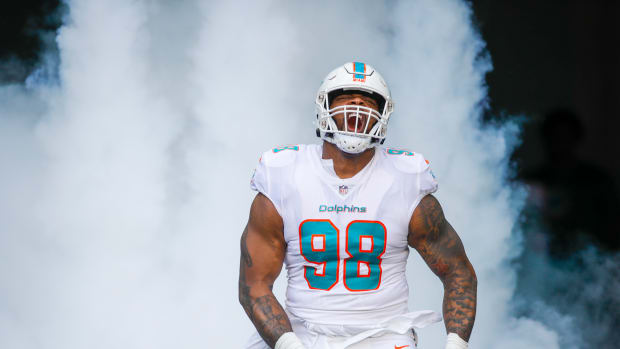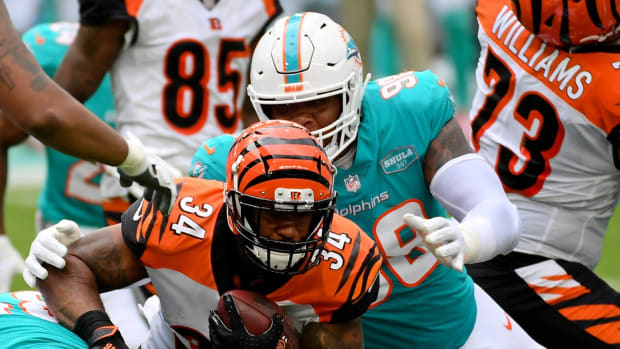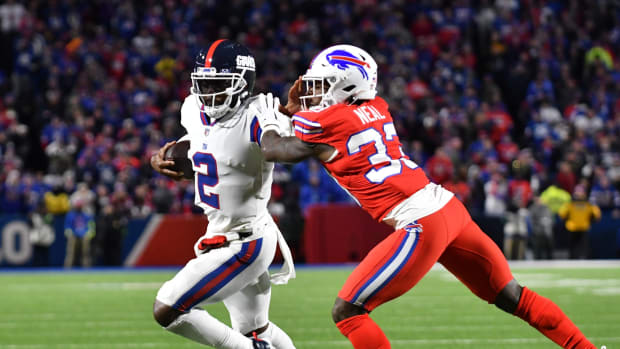Dolphins History Lesson: The Year After a Last-Place Finish
Two different national outlets have ranked the best worst-to-first candidates in the NFL for 2020, and the Miami Dolphins were in the middle of the pack in each.
The Dolphins were fourth in the NFL.com rankings, while they came in third in rankings done by USA Today.
If the Dolphins are able to pull off a worst-to-first rebound, it would be the second in franchise history after the remarkable 10-game turnaround of 2008 when the team went 11-5 just one year after going 1-15.
The Dolphins finished fourth in the AFC East last season with their 5-11 record, marking the seventh time they had finished last.
While expecting a division title in 2020 might be a stretch, Dolphins history certainly offers optimism.
See, of the first six times the Dolphins finished last, they rebounded to earn a playoff appearance the following season, including wild-card berths in 1970 and 2016 to go along with the division title of 2008.
Of the three times the Dolphins failed to make the playoffs after finishing last, they went 9-7 once and 8-8 another time. The one time a last-place finish was followed by a losing record came in 2006-07 when the Dolphins went 6-10 in Nick Saban's second and final year as head coach and then 1-15 in Cam Cameron's first and only season.
Let's revisit those six times the Dolphins finished last in the AFC East and what happened the following season.
1969
The Dolphins went 3-10-1 in George Wilson's last of four seasons as head coach, but things turned around after the hiring of Don Shula the next offseason. The Dolphins went 10-4 in Shula's first year, earned the first playoff berth in franchise history and began a run that would included five playoff appearances, three Super Bowl appearances and two Super Bowl victories.
1988
The Dolphins had a losing record in 1988 for only the second time in Shula's Hall of Fame career, and they put themselves in position to rebound with a playoff berth after forging a 7-4 record after 11 games in 1989. But a late-season slump, including two losses against the Kansas City Chiefs, left them at 8-8 and out of the playoffs again.
2004
Coming off a 10-6 season, the Dolphins tumbled in 2004 after the sudden retirement of Ricky Williams right before the start of training camp. After the Dolphins started 1-8, Dave Wannstedt was replaced as head coach during the by week and interim coach Jim Bates oversaw the Dolphins to a 4-12 finish. Nick Saban took over as head coach the following year, and the Dolphins overcame a 3-7 finish to end up 9-7, though that wasn't good enough to earn a playoff berth.
2006
Gus Frerotte did a solid job as the Dolphins' starting quarterback in 2005, but Saban was looking for an upgrade and that led to the ill-fated decision of trading for Daunte Culpepper instead of signing Drew Brees. The Dolphins stumbled to a 6-10 finish and Saban left for the University of Alabama.
2007
Cam Cameron was brought in to replace Saban as head coach and his one-year tenure was an epic disaster, with only an overtime victory against the Baltimore Ravens in mid-December preventing a winless season. Cameron was gone as head coach after one year, which brought in Bill Parcells protégé Tony Saparano, and the two orchestrated the greatest one-year turnaround in NFL history. Thanks in large part to the Wildcat, the offensive formation the Dolphins unleashed on a September afternoon at Gillette Stadium, the Dolphins put together an 11-5 record and won the AFC East for the first time since 2000.
2015
Like Wannstedt 11 years earlier, Joe Philbin was let go during his fourth season as Dolphins head coach. The Dolphins then went 5-7 with Dan Campbell as interim head coach before bringing in former Denver Broncos offensive coordinator Adam Gase. Like Shula and Sparano before him, Gase took the Dolphins to the playoffs in his first season as head coach, in large part thanks to running back Jay Ajayi and his three 200-yard rushing performances.
